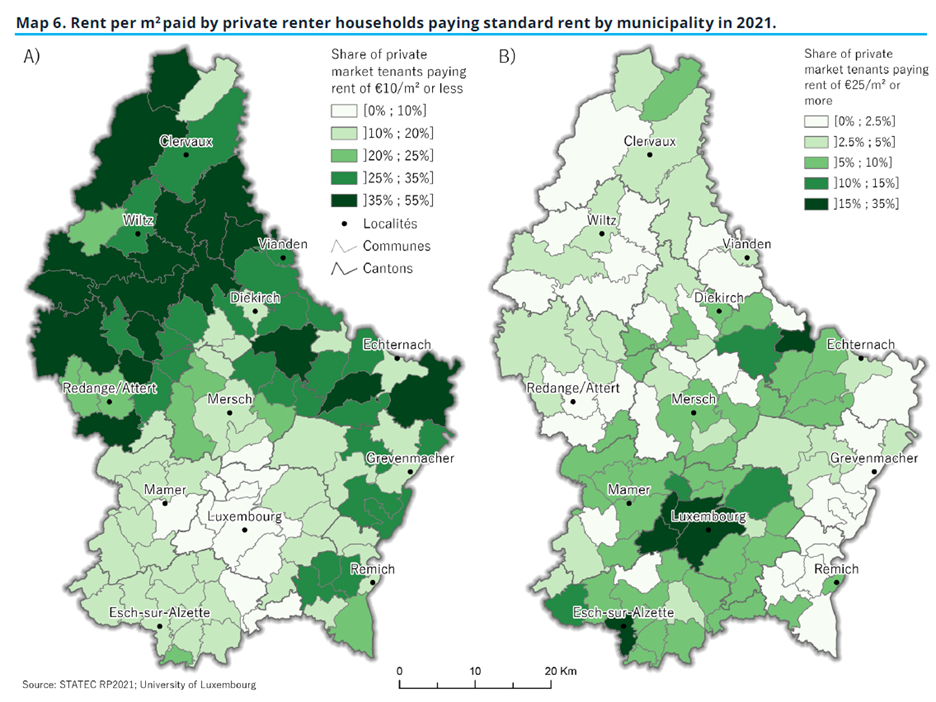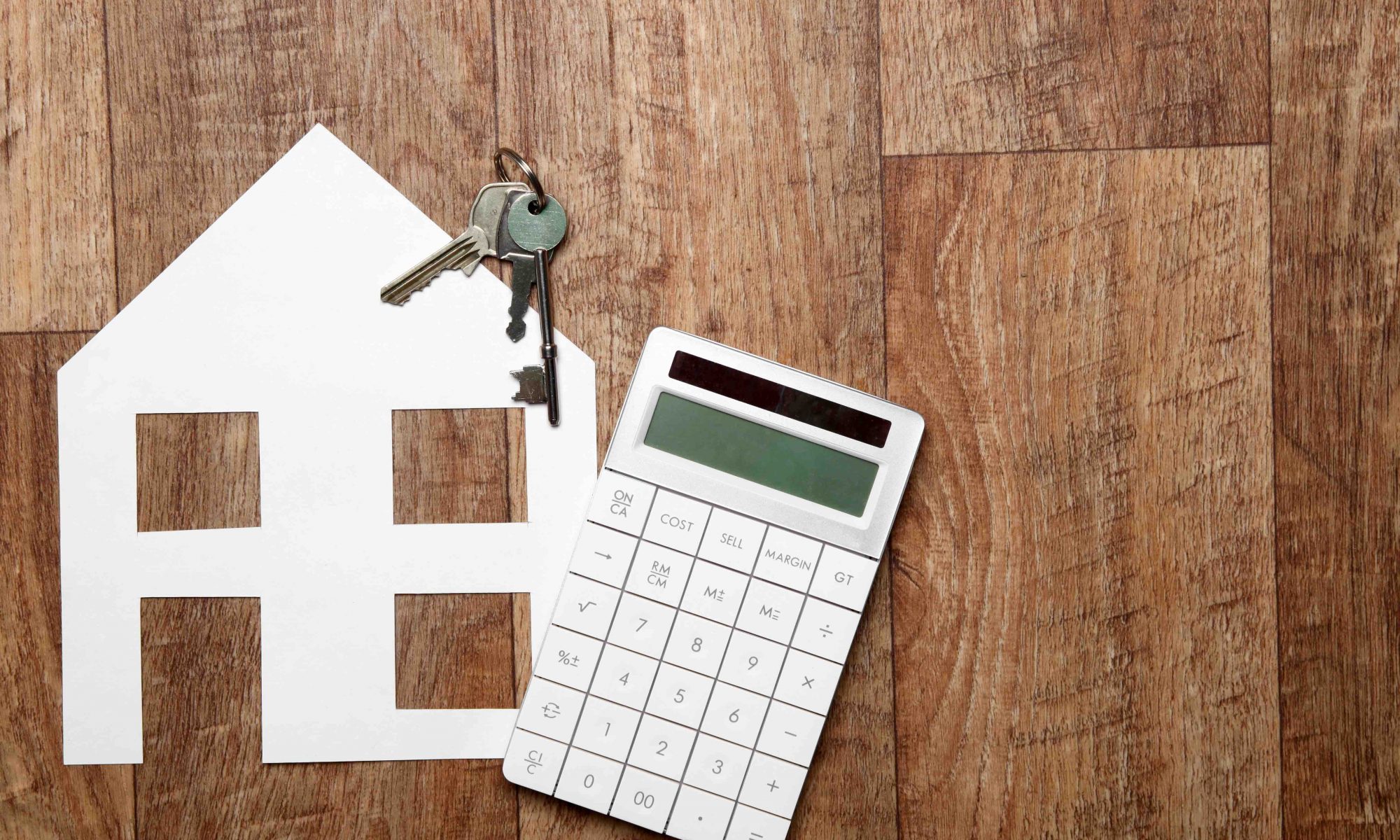Renting out your property in Luxembourg: how to pitch the rent at the right level
OK, so you want to rent out your property. But how much should you charge? Setting the rent is always a difficult balancing act. Go too low and you won’t maximise the return on your investment. Go too high and you risk putting off potential tenants. So, how should you go about it? Is there a law? Are there certain rules you should follow, or can you do as you please? What is the going rate in Luxembourg?
After searching for months, you have finally found a lovely house near to major roads and amenities. You have exchanged contracts and got the packing under way. It’s the start of a new chapter!
While wondering whether to sell your current apartment, you have managed to find a great mortgage deal for your new house. So you decide to rent out your apartment as a way of paying off the new loan. The problem, of course, is that you know exactly what your monthly repayments will be, but you have no idea how much rent you should charge on the apartment. The myLIFE team is here to guide you.
Calculating the maximum rental charge under Luxembourg law
As tempting as it may be, you can’t just do as you please when it comes to charging rent. Just because the mortgage on your new house is expensive doesn’t mean you can rent out your shoebox apartment for EUR 5,000 a month! Whether you are renting out an apartment or a house, there are rules that need to be obeyed, including a maximum rental charge.
The Law of 21 September 2006 on residential lease agreements, which came into force on 1 November 2006, makes provision for a system for setting rental charges on mid-range properties (i.e. not social housing) destined for residential use. This law states that the maximum rent shall be determined by the amount of money invested in the property (construction, purchase, renovation), changes in the cost of living, currency devaluation and the age of the building.
-
- What is the rental cap? For an unfurnished property, the rental charge cannot exceed 5% of the capital invested. Maximum monthly rent = (capital invested x 0.05) / 12. For fully equipped, furnished properties, landlords can charge a rent supplement for the furniture provided.
- How should the capital invested be calculated? The Ministry for Small Businesses, Tourism and Housing determines the capital invested by using the price of the land on which the property is built, the cost of constructing the property (including architects’ and notaries’ fees) and the amount committed for renovations and/or conversions. If the owner was not responsible for building the property, the price that appears in the deed of purchase (plus any related fees) must be taken into account.
- Can you adjust a rental charge? In its publication: Rental lease: new legislation on residential lease agreements, the Ministry of Housing states that the rental charge should also take into account changes in the construction cost and currency devaluation.
Maximum monthly rent =
(remeasured capital invested – reduction)x0.05/12
Although the Law of 21 September 2006 makes it illegal to automatically index the rental charge (by tracking the consumer price index, for example), the owner may revise the rental charge upwards based on the revaluation coefficients table. This table, which is available from the Ministries of Housing or Finance, is updated every two years. Note that rent can only be increased every two years and by no more than 10%.
The rental charge can also be revised downwards. There is a reduction system for houses built 15 or more years ago. In such a case, the rental charge is reduced by 2% every two years, unless the owner can prove they have incurred equivalent expenses in maintaining or repairing the property.
To summarise, based on a remeasured and discounted capital invested, the maximum monthly rent is calculated as follows for an unfurnished property: Maximum monthly rent = ((remeasured capital invested – reduction) x 0.05)/12.
Renting out a property in Luxembourg: how much should you charge?
Once you have calculated your maximum monthly rent, you can adjust your price based on the size of your property, its location and the rents being charged in your area.
According to the brochure Panorama du logement (Housing in Luxembourg) published by Statec in 2024, the average rent for houses in 2021 was €11/m², compared to €18/m² for apartments. This price difference is due to the larger size of houses, making the rent per square meter lower than that of apartments, which are typically smaller.
Location also plays a crucial role in rental pricing. The highest rents are found in the capital, its inner suburbs and the south of the country while rents are lower in the north.

Source: RP2021 N°13 – Housing in 2021: change within continuity
You now have all the information you need to set the rental charge for your property. For further assistance, visit the website l’Observatoire de l’Habitat (Housing Observatory) to explore advertised rents by municipality, track price trends, or simulate potential monthly rents (excluding charges) for apartments based on their characteristics, such as location and size.
Good luck!


 Mortgage
Mortgage Personal loan
Personal loan Savings
Savings